Boiler heating systems are a reliable and efficient way to warm homes by circulating hot water to radiators or baseboards. These systems provide consistent heat but can sometimes develop issues that affect their performance. One common problem is air becoming trapped in the system, which disrupts water circulation and reduces overall efficiency. This can lead to cold spots on radiators and unpleasant noises, such as gurgling or banging, as the trapped air tries to move through the pipes.
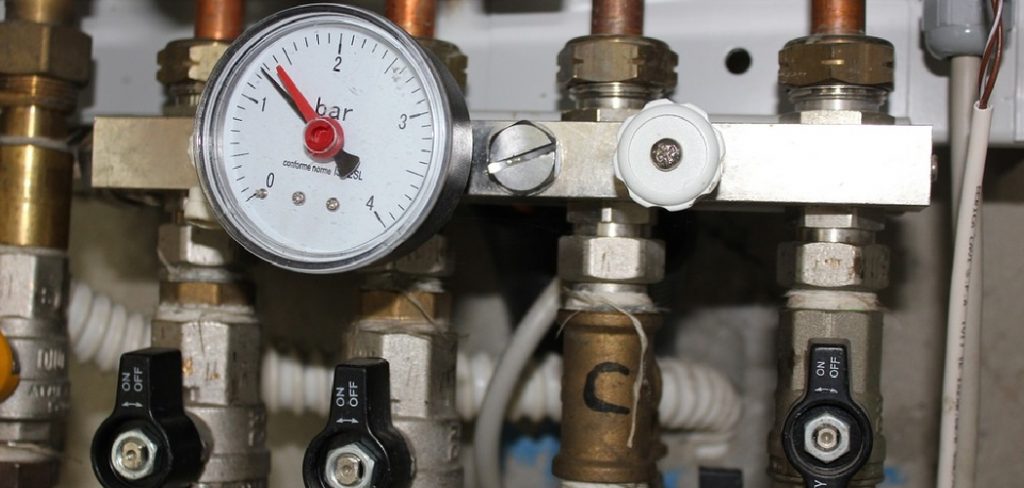
The purpose of this guide is to help you understand how to get air out of boiler system effectively and safely. Following the step-by-step instructions provided will ensure that your heating system operates at peak performance. However, always prioritize safety when working with hot water and pressurized equipment. Taking the proper precautions will protect you and your system, helping you maintain a warm and comfortable home.
Understanding Why Air Gets Trapped in a Boiler System
Trapped air in a boiler system can interfere with its performance, making understanding the causes and signs of air buildup crucial. Identifying the reasons for air entering the system will help prevent recurrent issues and maintain efficient operation.
Causes of Air Buildup
- System refills after maintenance or installation – Whenever the system is refilled with water after maintenance or installation, air can become introduced into the pipes and radiators. This trapped air can hinder smooth water circulation.
- Small leaks allowing air to enter – Tiny leaks in the system can act as entry points for air, gradually leading to buildup over time.
- Corrosion creating gas pockets – Corrosion inside the pipes or radiators can produce hydrogen gas, contributing to the accumulation of air pockets within the system.
Signs of Air in the System
- Gurgling or banging noises from pipes and radiators – These noises are often one of the first indicators of trapped air, as it disrupts the normal flow of water through the system.
- Uneven heating or cold spots – Radiators failing to heat evenly or having cold spots are clear signs that air impedes water movement.
- Boiler pressure fluctuations – Sudden changes in boiler pressure may also signify the presence of trapped air, affecting the system’s overall stability.
Understanding these causes and symptoms will help you take the necessary steps to address and resolve air buildup in your boiler system efficiently.
Tools and Safety Precautions
Essential Tools
- Radiator key or flathead screwdriver – These are necessary for opening manual bleed valves to release trapped air.
- Bucket and towels – These are useful for catching any water that might escape during the bleeding process and keeping the area clean.
- Pressure gauge – Helps monitor the boiler pressure before and after bleeding to ensure the system remains within the recommended range.
Safety Precautions
- Turn off the heating system – Always ensure that the heating system is switched off and given time to cool down before attempting to bleed air from the radiators. This minimizes the risk of burns or system damage.
- Be cautious of hot water and steam – When releasing pressure from the system, be alert to the possibility of hot water or steam escaping unexpectedly. Use appropriate protective gear, such as gloves, to avoid injury.
- Check manufacturer guidelines – Refer to the boiler or radiator manuals for specific instructions to avoid damaging components or voiding warranties.
By using the proper tools and adhering to these safety guidelines, you can effectively and safely address air buildup in your boiler system.
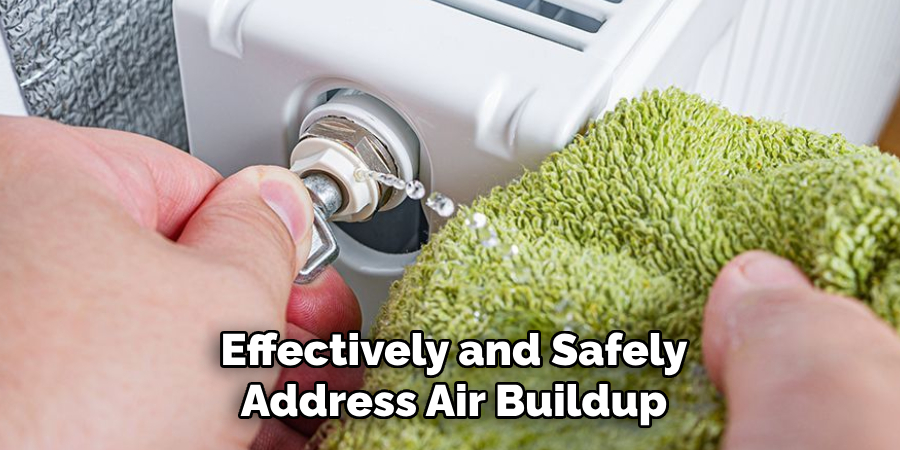
Locating Bleed Valves and Air Vents
Step 1: Identify the Type of Boiler System
Before beginning the air-bleeding process, it’s crucial to identify the type of boiler system in your home. The three most common systems include hot water radiator systems, baseboard heating, and hydronic underfloor heating. Each system has unique air release points that need to be located for effective bleeding. For example, hot water radiator systems often have manual bleed valves directly on the radiators, whereas baseboard heating systems may have vents along the piping network. Hydronic underfloor heating, on the other hand, generally relies on an automatic air vent at the boiler or specialized valves near the manifold system.
Step 2: Find the Highest Bleed Valve
Since air naturally rises to the highest point in a heating system, starting the bleeding process at the highest radiator, baseboard, or zone in your home is recommended. If one is present, begin by locating the manual bleed valve on the highest radiator. For systems that lack manual bleed valves, air must often be removed at the boiler itself using the automatic air vent, typically positioned at the top of the boiler. Ensure that you systematically work your way down through the system after addressing the highest points, as this ensures that any trapped air pockets are completely eliminated from the entire system.
How to Get Air out Of Boiler System: Bleeding Air from Radiators and Baseboards
Step 1: Turn Off the System and Let It Cool
Before starting, ensure the heating system is turned off by adjusting the thermostat to stop water circulation. This step is crucial to avoid circulating air during the bleeding process. Once the system is completely off, wait until the pipes and radiators are cool enough to handle safely. This cooling period prevents accidental burns and ensures the process is performed safely.
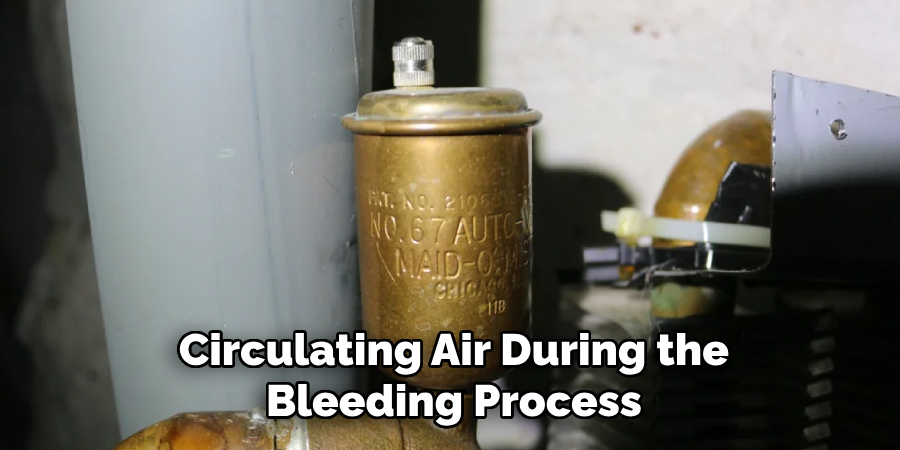
Step 2: Open the Bleed Valve
Locate the bleed valve on the radiator or baseboard. Typically, a radiator key or flathead screwdriver is needed to open it. Turn the valve slowly and carefully, listening for a hissing sound that indicates air escaping. Be prepared to catch any water drips with a cloth or small bowl placed beneath the valve. Always open the valve gradually to avoid releasing water too quickly or damaging the system.
Step 3: Close the Valve When Water Flows Steadily
Once the sound of escaping air stops and a steady stream of water begins to flow, immediately close the valve. Tightening it securely helps to prevent leaks. Repeat this process for each radiator or baseboard in your heating system, moving systematically throughout your home. Remember to check and refill your boiler’s pressure afterward, as bleeding radiators may decrease the system’s pressure. Ensuring consistency in the bleeding process helps maximize heating system efficiency and comfort.
Removing Air Directly from the Boiler
Using the Automatic Air Vent
Many modern boilers are equipped with an automatic air vent, which is designed to expel trapped air from the system without manual intervention. This feature is particularly convenient for maintaining optimal system performance, as it continuously works to remove air pockets that may reduce heating efficiency. Ensure the automatic air vent is functioning properly by checking it during routine maintenance.
Manually Purging the Boiler
Manual purging may be necessary if your boiler does not have an automatic air vent or you need to address persistent air pockets. Begin by locating the boiler’s drain valve, usually found near the bottom of the unit. Attach a hose to the valve and place the other end in a drain or bucket. Slowly open the valve to release air pockets while monitoring the flow. Stop once a steady stream of water is achieved, indicating the air has been thoroughly removed. Close the valve tightly when finished.
Checking System Pressure
Once the air has been removed, verifying the system’s pressure is essential. Check that the boiler’s pressure gauge reads within the recommended range, typically between 12 and 20 PSI. If the pressure drops significantly following the air removal process, add water to the system as needed to restore proper functionality.
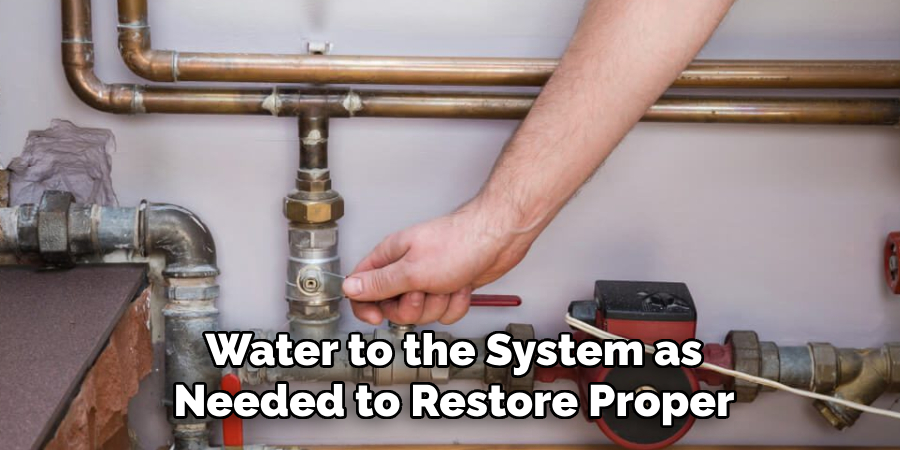
Testing the System and Preventing Future Air Buildup
Turn the Boiler Back On
After completing the air removal process, turn the boiler back on and set the thermostat to your desired temperature. Allow the system to run and monitor the performance of your radiators or heating elements. Check if all radiators heat evenly, as cold spots may indicate that additional air remains in the system.
Listen for Any Remaining Air
While the boiler is operating, listen closely for any unusual noises, such as gurgling or banging, as these are signs of lingering air pockets. If such noises persist, you may need to repeat the air bleeding process to ensure all air is completely purged from the system.
Routine Maintenance to Prevent Air Buildup
Establish a routine maintenance schedule for your boiler and heating system to avoid future air buildup. Regularly inspect the system for leaks, which can introduce air. Please pay close attention to the boiler’s pressure gauge to ensure it remains within the recommended range and adjust as necessary. Additionally, check the expansion tank to verify it functions correctly, as a faulty tank can exacerbate air issues. Automatic air vents should also be inspected annually to confirm they operate efficiently. Proactive maintenance will enhance system performance and extend the boiler’s lifespan.
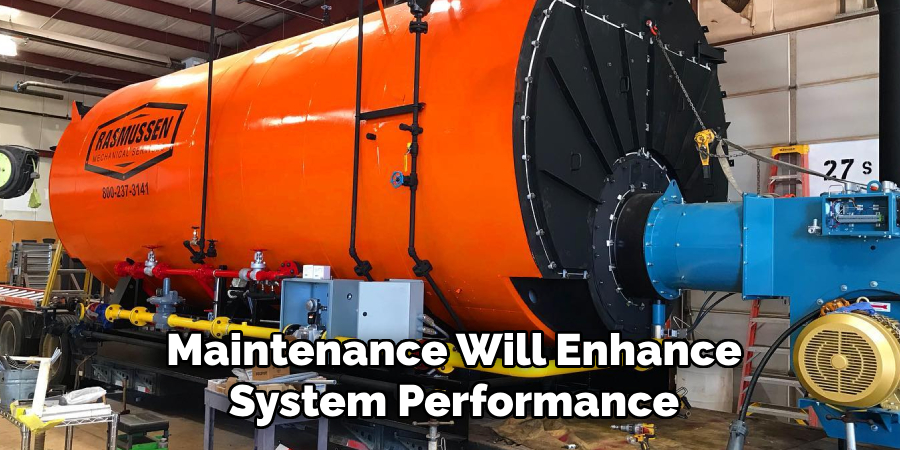
Conclusion
Removing air from your boiler system is essential to improving heating efficiency and preventing costly repairs. Key steps include bleeding radiators to release trapped air, checking boiler vents for proper functionality, and maintaining appropriate pressure levels in the system.
A routine maintenance schedule ensures long-term performance and helps avoid future air buildup. Understanding how to get air out of boiler system empowers homeowners to take proactive measures and keep their heating systems running smoothly. If persistent issues occur despite these efforts, consult a professional HVAC technician for expert assistance and peace of mind.
About the Author
Adrian Green is a passionate woodworking enthusiast who has dedicated his life to the craft of woodworking. From his early days working alongside his father in the family woodworking shop, Adrian has honed his skills and developed a deep love for creating beautiful, functional pieces with his hands. As the voice behind The Woodenify Blog, he shares his knowledge, tips, and inspiration with fellow woodworkers of all skill levels, helping them build confidence in their abilities while learning new techniques.
Professional Focus
- Specializes in DIY woodworking projects, from furniture making to home décor.
- Provides step-by-step guides, tips, and practical tutorials for woodworkers at any skill level.
- Focused on empowering readers with confidence and knowledge through easy-to-follow instructions and hands-on techniques.
- Passionate about building a community where makers can share, learn, and grow together in the world of woodworking.
Education History
University of Craft and Design – Bachelor of Fine Arts (BFA) in Woodworking and Furniture Design
Woodworking Apprenticeships – Gained extensive hands-on experience through various workshops and mentorships with seasoned craftsmen, refining carpentry and furniture-making skills.
Expertise
- DIY woodworking, carpentry, furniture making, and home décor projects.
- Creating clear, accessible tutorials and guides for beginner to advanced woodworkers.
- Helping readers experience the satisfaction and fulfillment of turning raw materials into stunning finished products.
